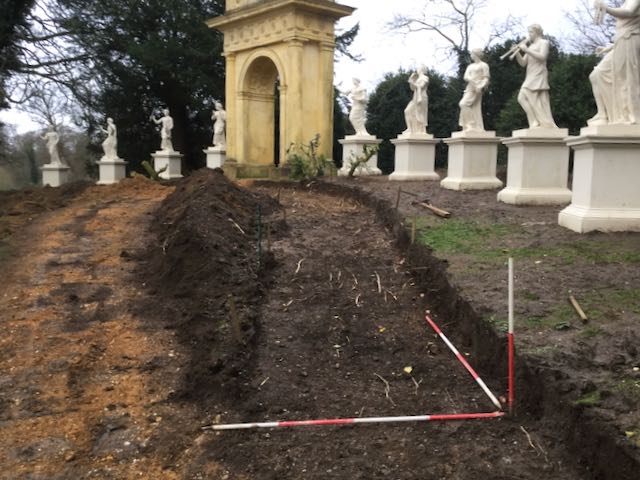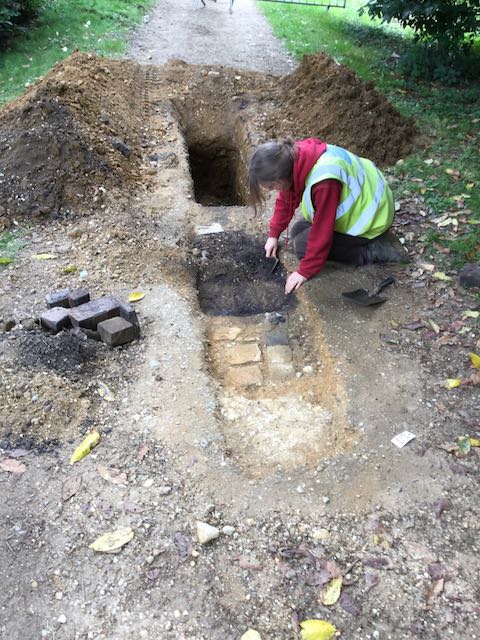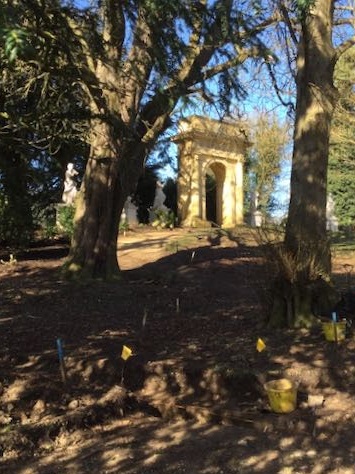
About 50 members and guests of MUWAGA were entertained by specialist archaeologist Stephen Wass who was quick to introduce himself indeed as an archaeologist rather than a gardener. But he assured us that the two roles had a compatibility!
His expert knowledge of Stowe Gardens was highly entertaining and informative, highlighting many of the changes at Stowe dictated by fashion over centuries.
Stephen is a specialist in historic gardens. He introduced his work at Stowe as a long-term project with a great deal of work commissioned by the National Trust. This involves a watching brief to advise on placement of new cables or buried gas tanks, plus archaeological and structural surveys and the creation of historical records.
Stowe Gardens Landscape
The landscape here is sensitive from both the horticultural as well as historical point of view. These points were developed as Stephen took us through the various projects he has undertaken. In doing so, he covered in his talk some insights into the function and significance of the various monuments which have decorated the landscape over time.
In his introduction Stephen also reminded us of the geology of the area, dominated by a kind of rough limestone with the soil above this a narrow and unforgiving band of mostly glacial sand and clay. Good, he said ironically, for pathways.
An outline map of the site showed streams going East to West and North to South to create bodies of water. Each with their own functions – and challenges – over time.
Among the areas covered were the Bourbon Fields where excavations yielded a flint hand axe, maybe 10 to 15,000 years old. But for various reasons no Roman evidence was found.
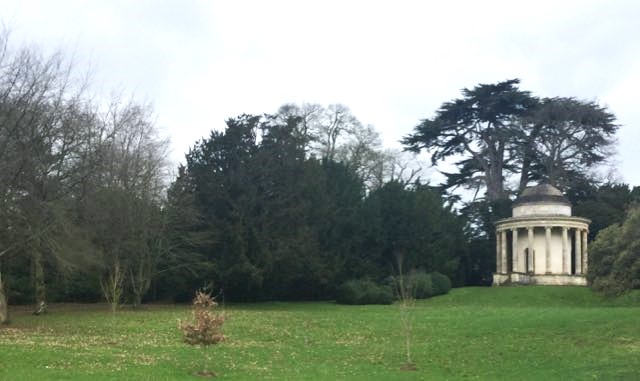
Looking at individual monuments, we were able to understand a little of the historical development from the early 1700s until the later stages of Stowe’s history, particularly during the ownership of the three generations of the Cobham family. The Cobham Era (1697–1749) saw garden designer Charles Bridgeman and architect Sir John Vanbrugh working on the garden.
Stephen highlighted the huge changes in fashion for the large-scale picturesque gardens championed by Capability Brown. This did much to obscure or remove entirely, any evidence of previous formal gardens.
Viscount Cobham died in 1749 and the estate passed on to his nephew Richard Grenville, Earl Temple, in 1752. It was during Earl Temple’s ownership that he naturalised Stowe, softening the edges of woodlands and reshaping lakes. Various monuments were moved, including the Lake Pavilions and the Fane of Pastoral Poetry. Meanwhile, both Oxford Bridge and the Corinthian Arch were added to the landscape.
A timeline of the history of Stowe Gardens is available here including:
- How Stowe was named
- Stowe’s early days (1589–1697)
- The Cobham Era (1697–1749)
- A change in fashion (1749–1830s)
- Extravagance and decline (1830s–1860s)
- Stowe’s fall (1860s–1920s)
- Stowe School and the National Trust (1920s–today)

Stephen included in his talk the work he has undertaken on the Rotunda and the area around the Queens Theatre, the Grafton Lawn, The Worthies Causeway and William Kent’s Elysian Fields. Of particular interest were Apollo and his Nine Muses with the 10 statues reinstated (more than once) which had previously been moved to create a welcome for minor royal Princess Amelia. Discovering where these statues were originally was part of a brief undertaken by Stephen’s team.
Other areas covered the Bridgemans Canal, the Lower Copper Bottom Lake and the 19th century engineering added to it, the restoration of Bell Gate Lodge and the Temple of Modern Virtue.
Website Records
Stephen has an informative and detailed website here, where much information of work on these – and all his Stowe Gardens activity – can be found. Included are:
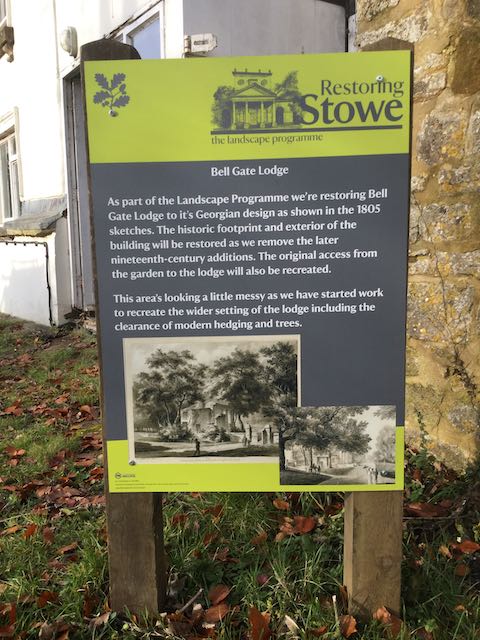
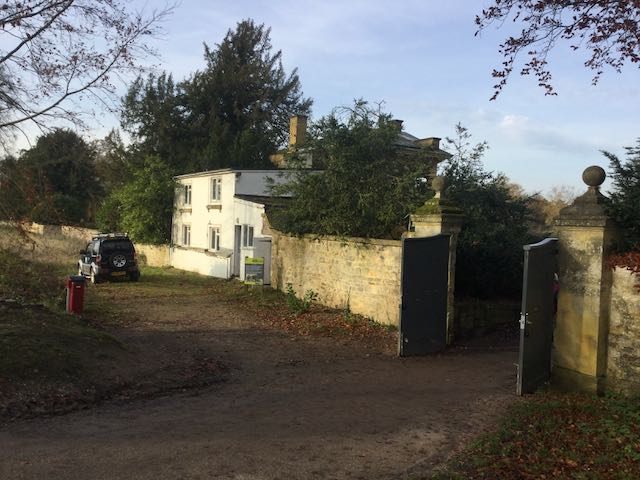
The Cascade below the Octagon Lake
